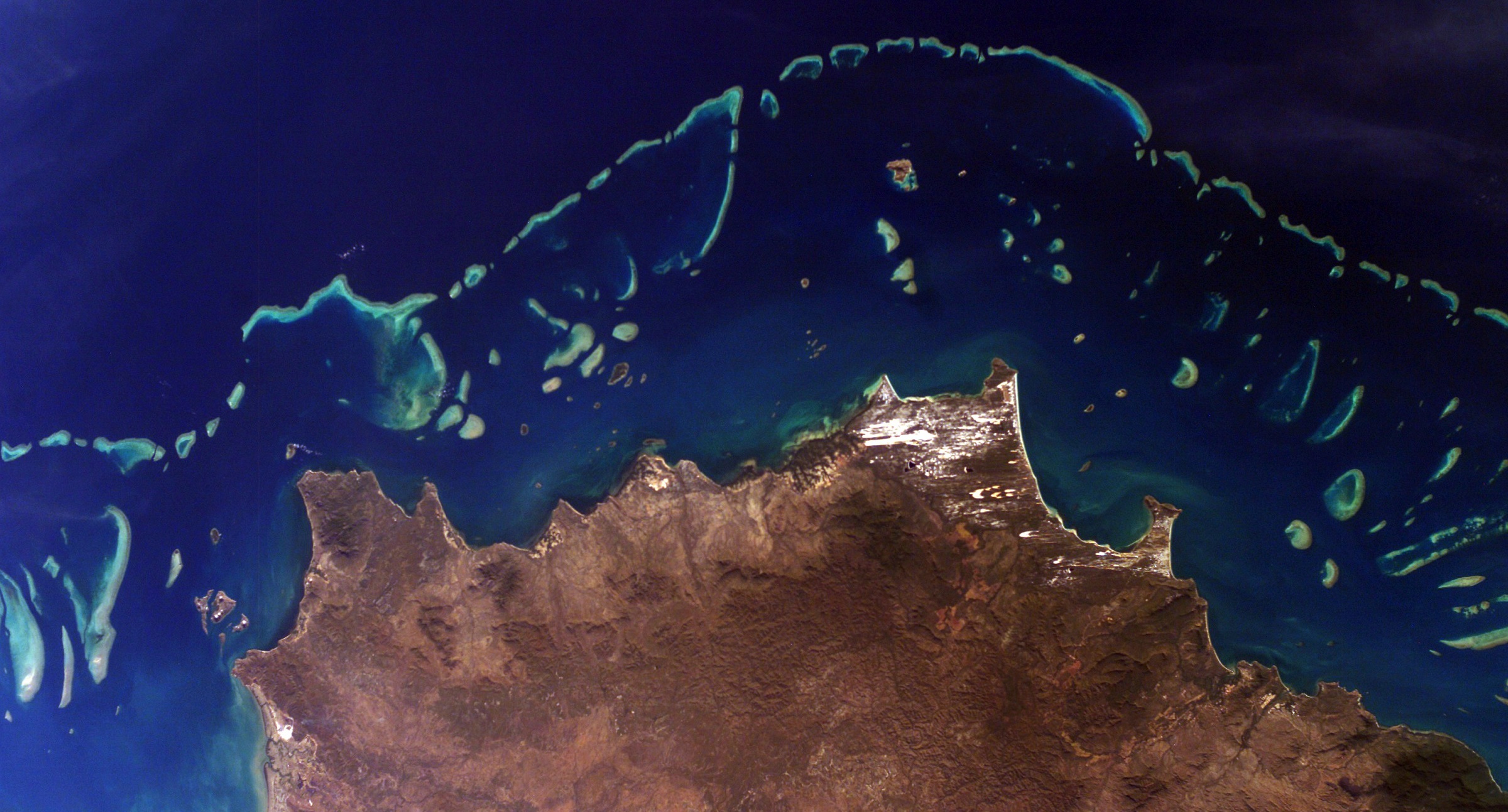NASA is taking to the sky to help do an extended study of Australia’s Great Barrier Reef. The two-month study is part of the space agency’s COral Reef Airborne Laboratory (CORAL) mission.
By collaborating with Australian researchers, the plan is to hopefully uncover new insights about what the current state and condition is on the GBR as well as more understanding on the overall reef systems worldwide.
“CORAL offers the clearest, most extensive picture to date of the condition of a large portion of the world’s coral reefs,” said CORAL Principal Investigator Eric Hochberg of the Bermuda Institute of Ocean Sciences (BIOS), Ferry Reach, St. George’s, Bermuda, prior to the briefing. “This new understanding of reef condition and function will allow scientists to better predict the future of this global ecosystem and provide policymakers with better information for decisions regarding resource management.”
This is a part of CORAL’s larger and ongoing three-year mission that uses aerial surveys and combines that with information they get from being in the water around the reefs. The NASA team is leveraging some incredible imaging spectrometer technology that was developed by NASA’s Jet Propulsion Laboratory.
If you recall when we wrote about the launch of CORAL in January, the team uses a Portable Remote Imaging Spectrometer (PRISM) that is installed in a Gulf Stream jet. PRISM records the spectra of light reflected upward from the ocean below, allowing researchers to determine the unique spectral signatures of living corals and algae. Algae tends to increase on reefs as corals are lost to bleaching and other factors, so the ratio of coral to algae can be an indicator of the ecosystem’s health.
 AAccording to this most recent news, the mission will provide critical data and new models for analyzing reef ecosystems from a new perspective. The goal is to have CORAL be able to build a uniform data set from a large sample of reefs from all across the Pacific Ocean. Scientists will then be able to use the data to spot trends between the condition of the reefs and other factors (natural or human) that affect reefs.
AAccording to this most recent news, the mission will provide critical data and new models for analyzing reef ecosystems from a new perspective. The goal is to have CORAL be able to build a uniform data set from a large sample of reefs from all across the Pacific Ocean. Scientists will then be able to use the data to spot trends between the condition of the reefs and other factors (natural or human) that affect reefs.
CORAL will survey portions of the Great Barrier Reef, along with reef systems in the main Hawaiian Islands, the Mariana Islands and Palau over the next year.
[via Phys.org]



